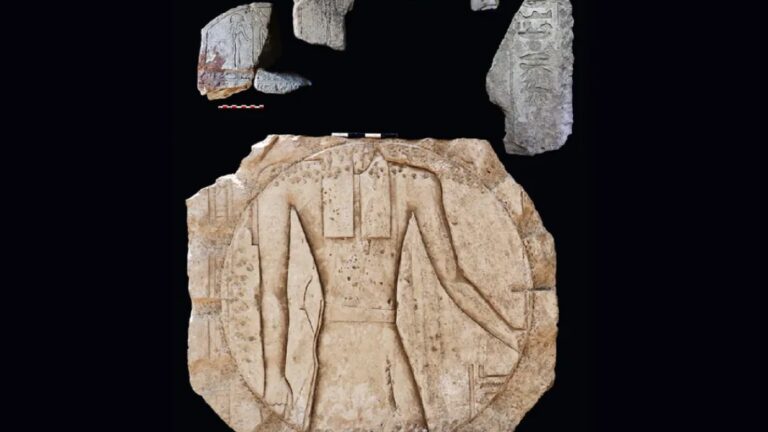Archaeologists found an ancient Egyptian observatory

A few years ago, Egyptian archaeologists discovered what they thought were the ruins of an ancient Egyptian temple dating back to the sixth century BCE. Subsequent finds at the site indicate that the structure was actually an astronomical observatory, deemed the first and largest such structure yet found, according to Egypt’s Ministry of Tourism and Antiquities.
The L-shaped structure was found within a larger complex called the Temple of Buto (a later Greek name), known to the ancient Egyptians as Per-Wadjet and located east of Alexandria in the Nile Delta. It’s now called Tell El Fara’in (“Hill of the Pharaohs”). Buto was once a sacred site dedicated to the goddess Wadjet, believed to be the matron and protector of lower Egypt, who took on a cobra form. Buto was well-known for its temple and the oracle of Wadjet, with an annual festival held there in her honor.
There were archaeological excavations of the site in the 1960s and 1980s, revealing a palace dating back to the Second Dynasty, as well as six Greek bathhouses. An Egyptian team began fresh excavations a few years ago. In 2022, they uncovered a hall at the southwestern end of the temple, with the remains of three papyrus-shaped columns aligned on a north-south axis. They also found engraved stone fragments and a limestone painting of a bird’s head wearing a white crown within two feathers.


